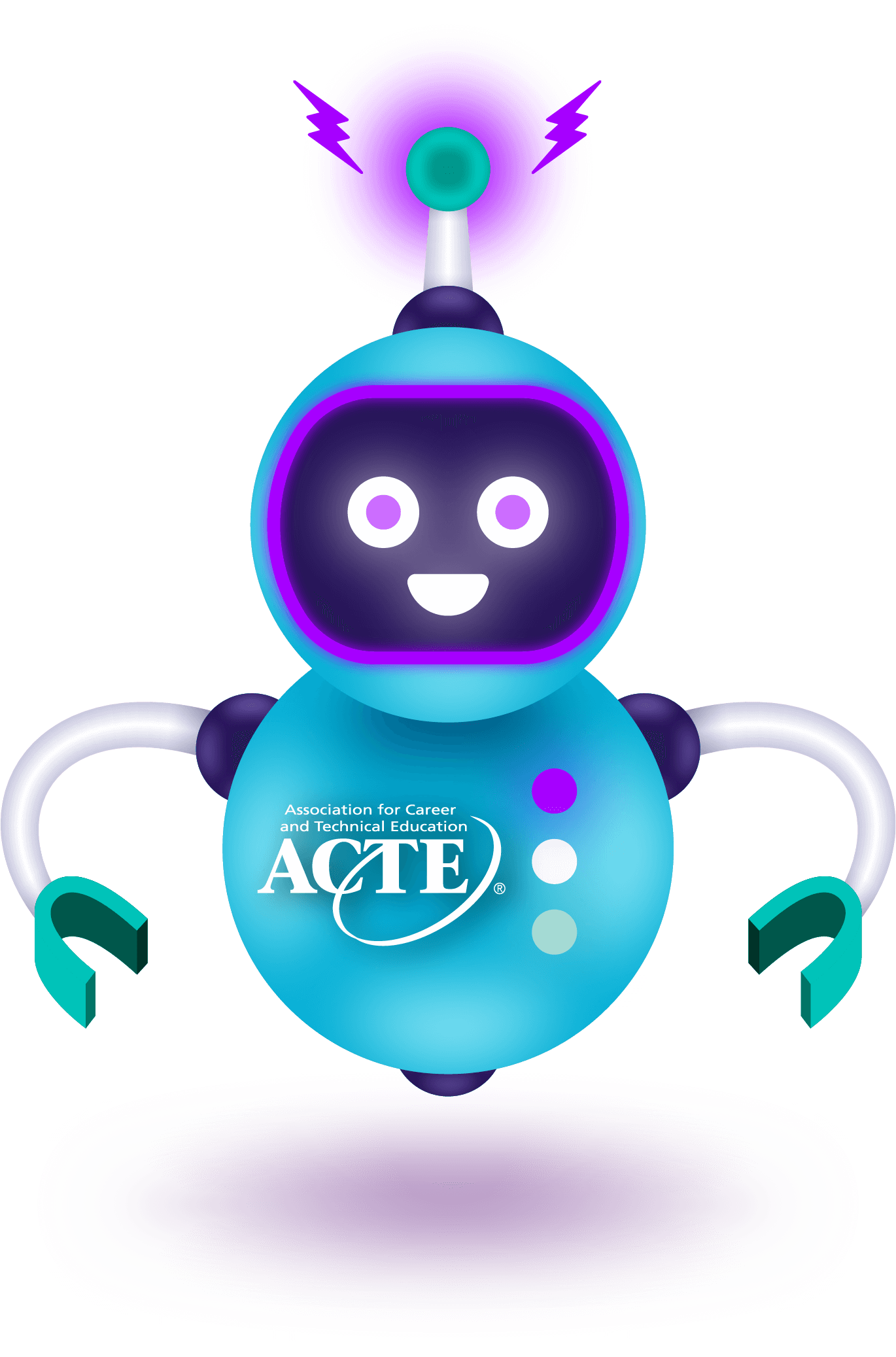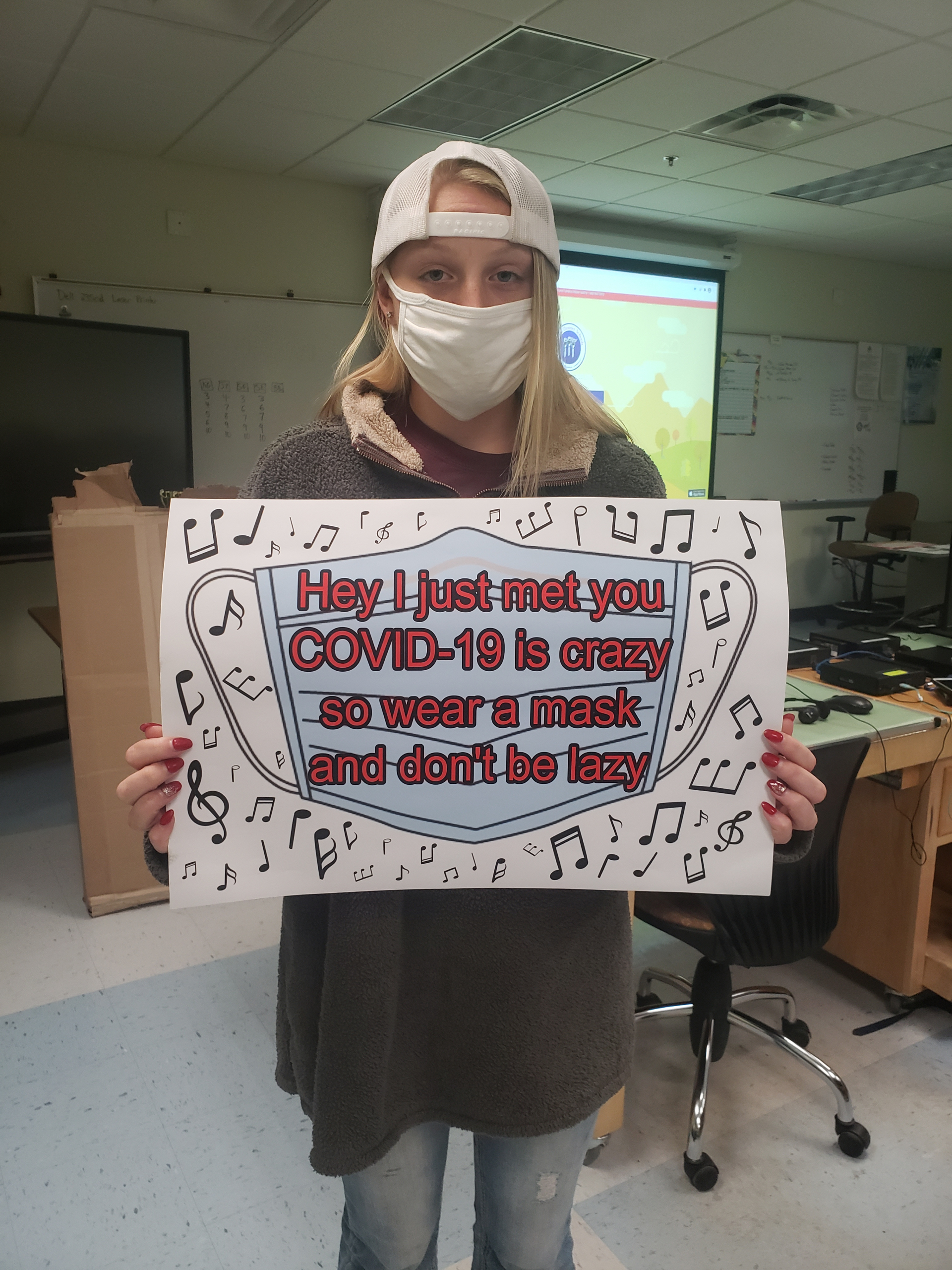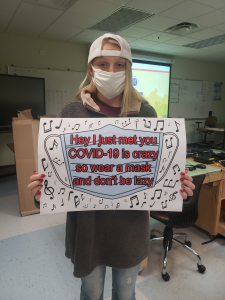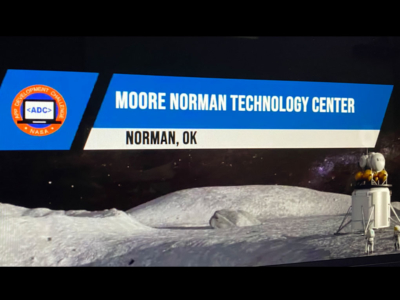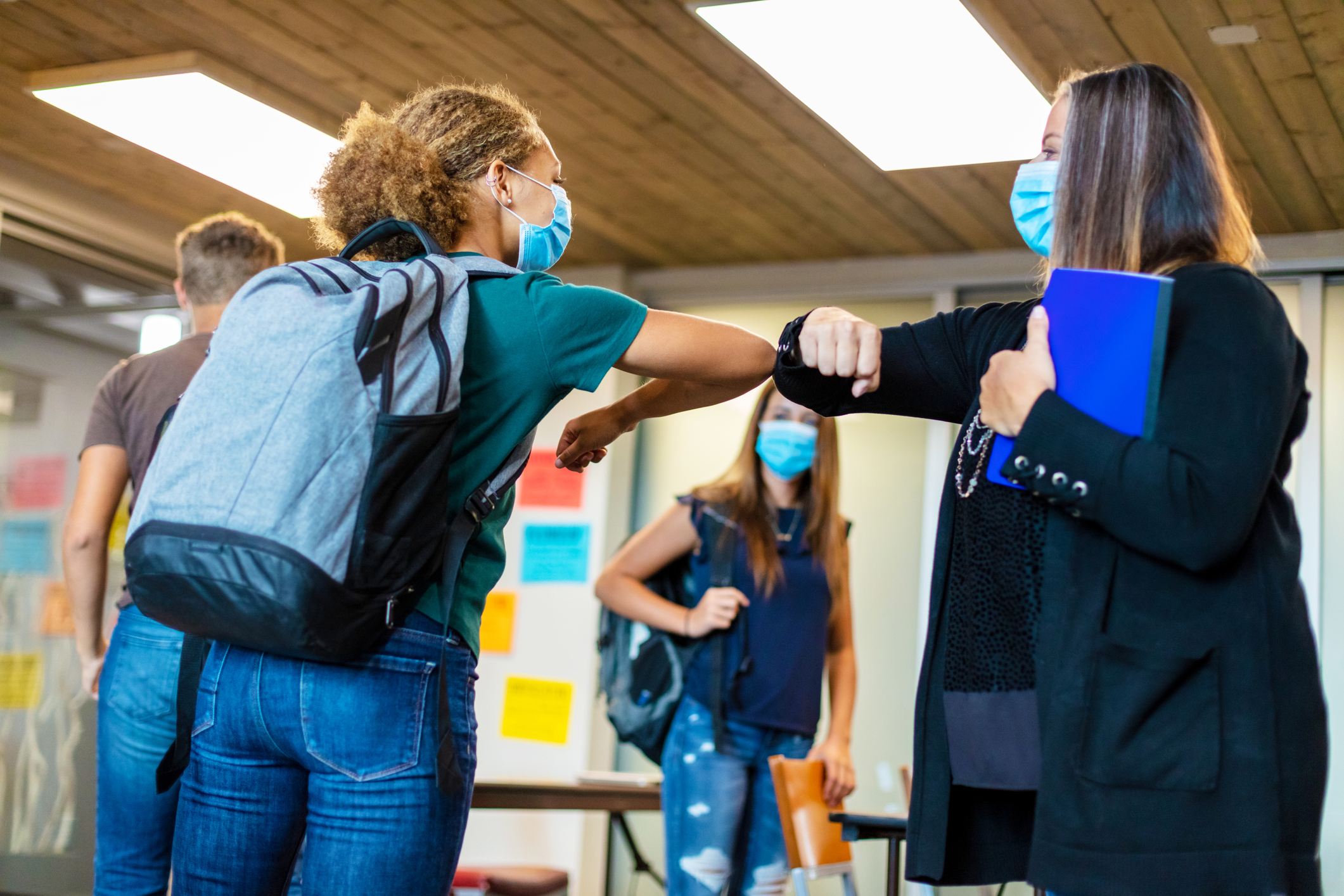For career and technical education (CTE) teachers, spring brings with it a focus on certification test preparation. This can be a daunting task. Consider how a teacher might approach supporting student review sessions. You might hear a teacher announce, “You have 45 minutes to study today. Use this time now to review your notes quietly.”
Is it effective? On the surface, it seems to be a good use of time. Students need to perform well. Time is needed for review. However… Students’ attention spans begin to slip around the 15 minute mark (Medina, 2014). Rather than becoming frustrated when students struggle with quiet review, get creative.
Here is an approach you can take: Structure meaningful test prep lessons in which students talk through questions and concepts and, as a result, engage in deeper thinking. Use the following strategies together to help students identify their knowledge gaps.
Socratic Circle
In a traditional Socratic circle, students are seated in a circle without the teacher. They are challenged with open-ended questions or hypothetical scenarios, and instructed to discuss. This exercise helps students to talk through scenarios and situations — to explore possibilities and think deeply — without constant acknowledgement from a teacher.
Early childhood education students were given the following instructions, “We have studied eight leading theorists this year. Discuss each person’s contribution to understanding and rank them by importance to preschool development.”
Students then learn to collaborate and struggle through awkward moments. According to Tony Wagner (2015), agility and adaptability are as important as collaboration and critical thinking for success in 21st century workplace. Engaging in conversation that is challenging, open for exploration but also outcome-based, will push students to construct deeper meaning for themselves.
Forced Agreement
When you want students to arrive at one correct answer, use the forced agreement strategy alongside your Socratic circle. Design this session to follow a think-pair-share lesson. Students are accountable to think on their own, and then they must “pair” together, with forced agreement, to “share” a single correct answer. With the full class group, expand on and discuss those areas where students disagreed.
Because our session was deliberately designed as test prep, students were given three difficult questions to answer. Students were instructed to answer individually and then deliberate together. When the table agreed to one response, and had a strong defense for that response, they signaled the instructor with a thumb in the air.
While each table of students collaborated, the instructor facilitated. More importantly, the instructor listened and checked for understanding, identifying which students grappled with difficult concepts.
The Strategy in Action
https://youtu.be/skJbGwU55aA
How long will it take?
20–30 minutes, depending on the number of students present
What’s the gist?
When your goal is to prime students for deeper retention of key concepts and theories, arrange students in a circle. Students engage in discussion about the question or scenario given. Students use constructive criticism to make judgments and come to sensible conclusions together. The teacher serves as only a facilitator. The goal is for the teacher to never intervene in the dialogue.
Add the forced agreement piece when you are moving toward a specific desired answer. This is a great tool to engage students in modeling and reflection.
Structuring Success for Your Students
Educators must be cognizant of how many students struggle with study and test prep skills. Given that certification testing covers a vast array of standards, terms, concepts and processes, structuring powerful study sessions is crucial.
By doing so, teachers avoid the habituation of routine studying and help students deepen their own understanding by engaging in continual productive talk themselves. Further, by focusing on strategies that are metacognitive in nature, students can identify the areas in which they are still weak.
Sandra Adams is a teacher and instructional coach with the Career Academy, Fort Wayne Community Schools. She co-wrote the ACTE-supported book But I’m NOT a Reading Teacher!: Literacy Strategies for Career and Technical Educators with Gwendolyn Leininger. Contact her to learn how you can implement theses certification test prep and other innovative teaching strategies in your CTE classroom.
REFERENCES
Medina, J. (2014). Brain rules: 12 principles for surviving and thriving at work, home and school (2nd ed.). Seattle, WA: Pear Press
Wagner, T. (2008). The global achievement gap: Why even our best schools don’t teach the new survival skills our children need — and what we can do about it. New York, NY: Basic Books.

